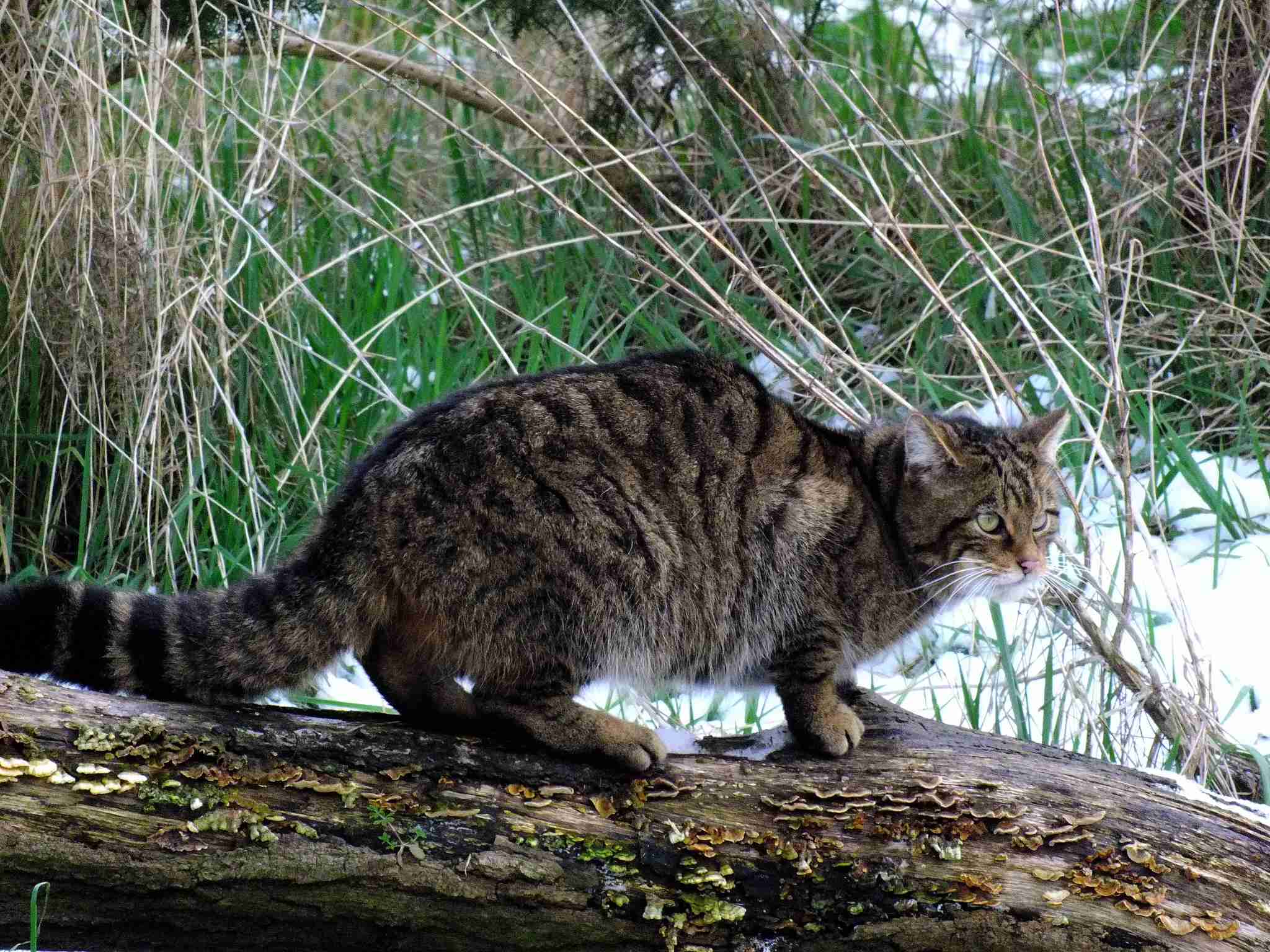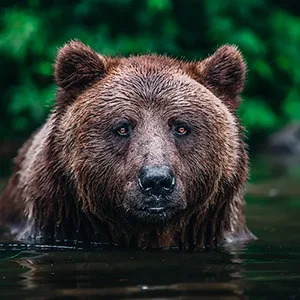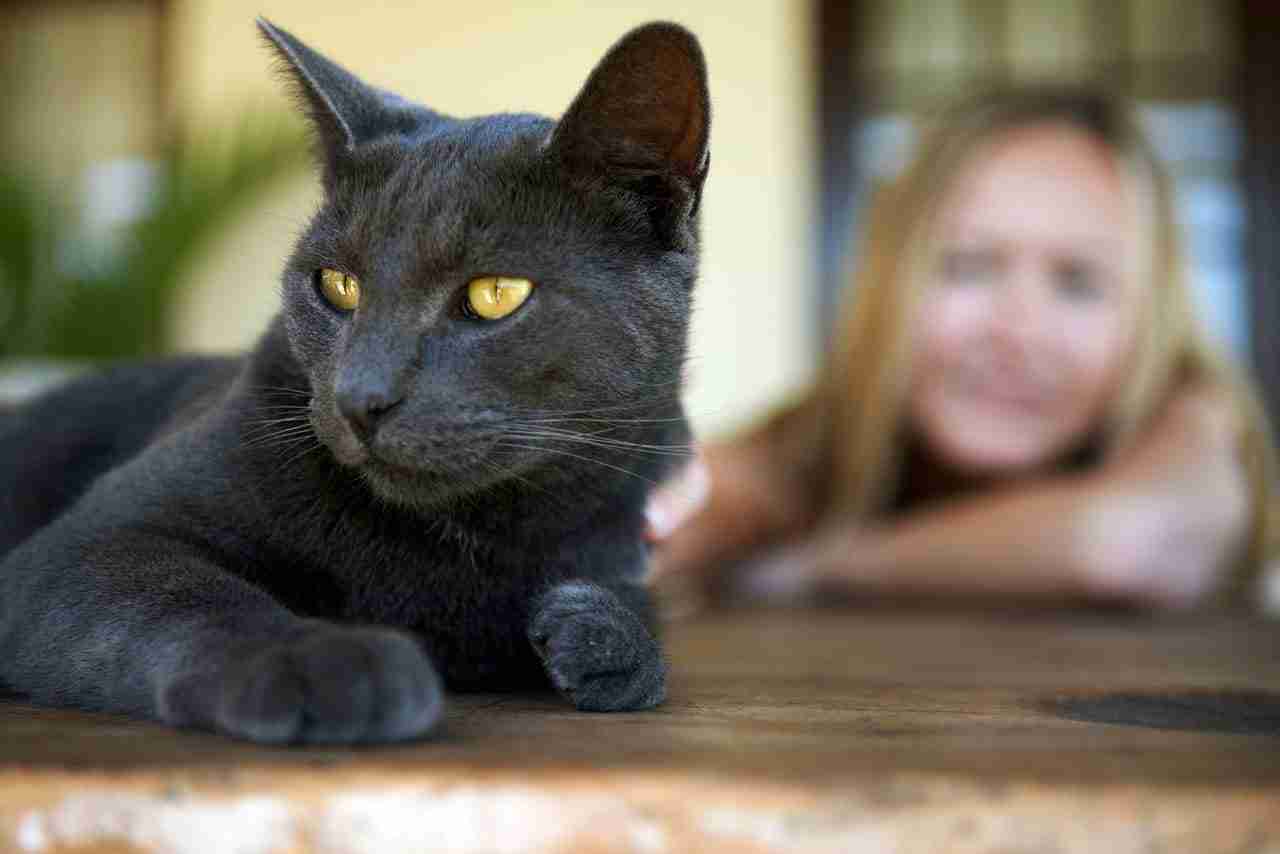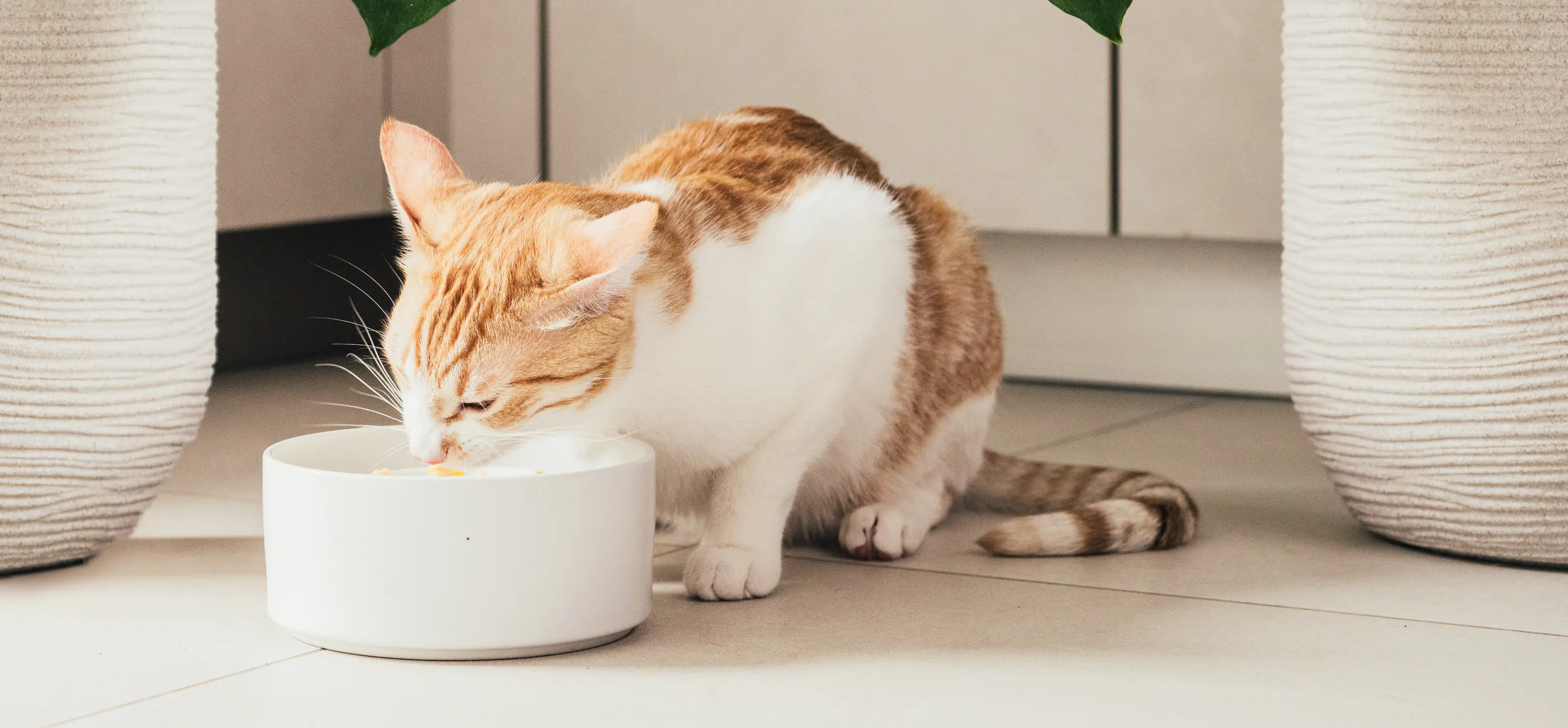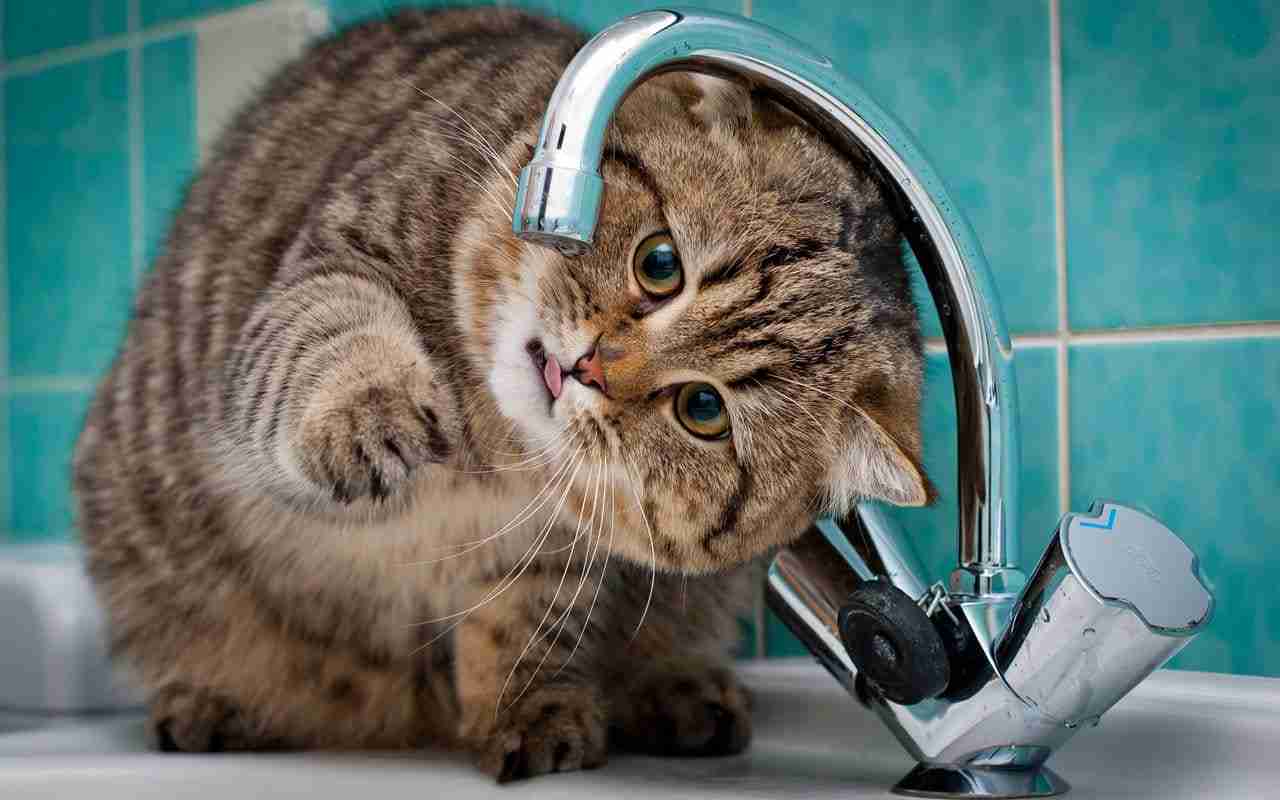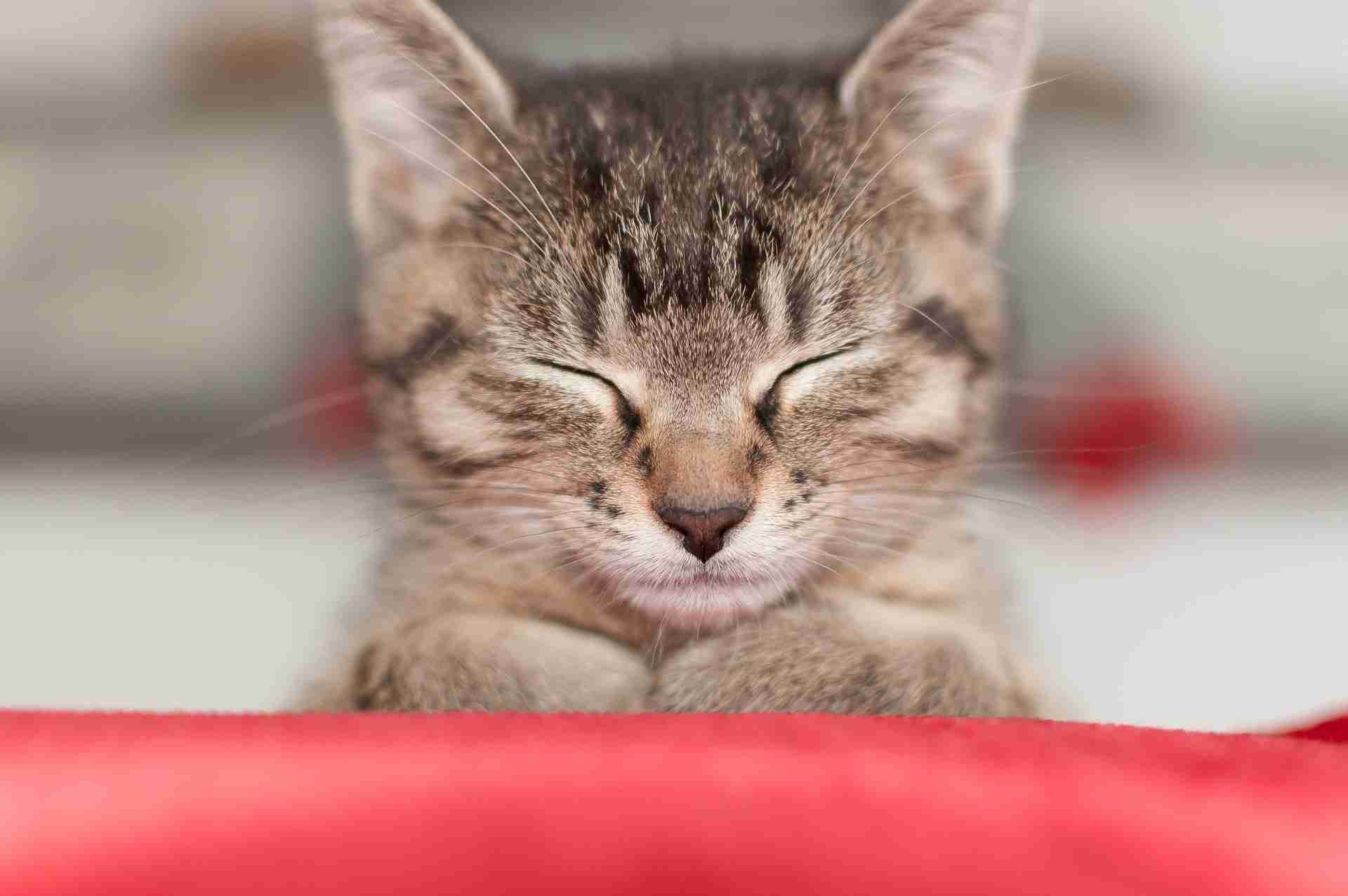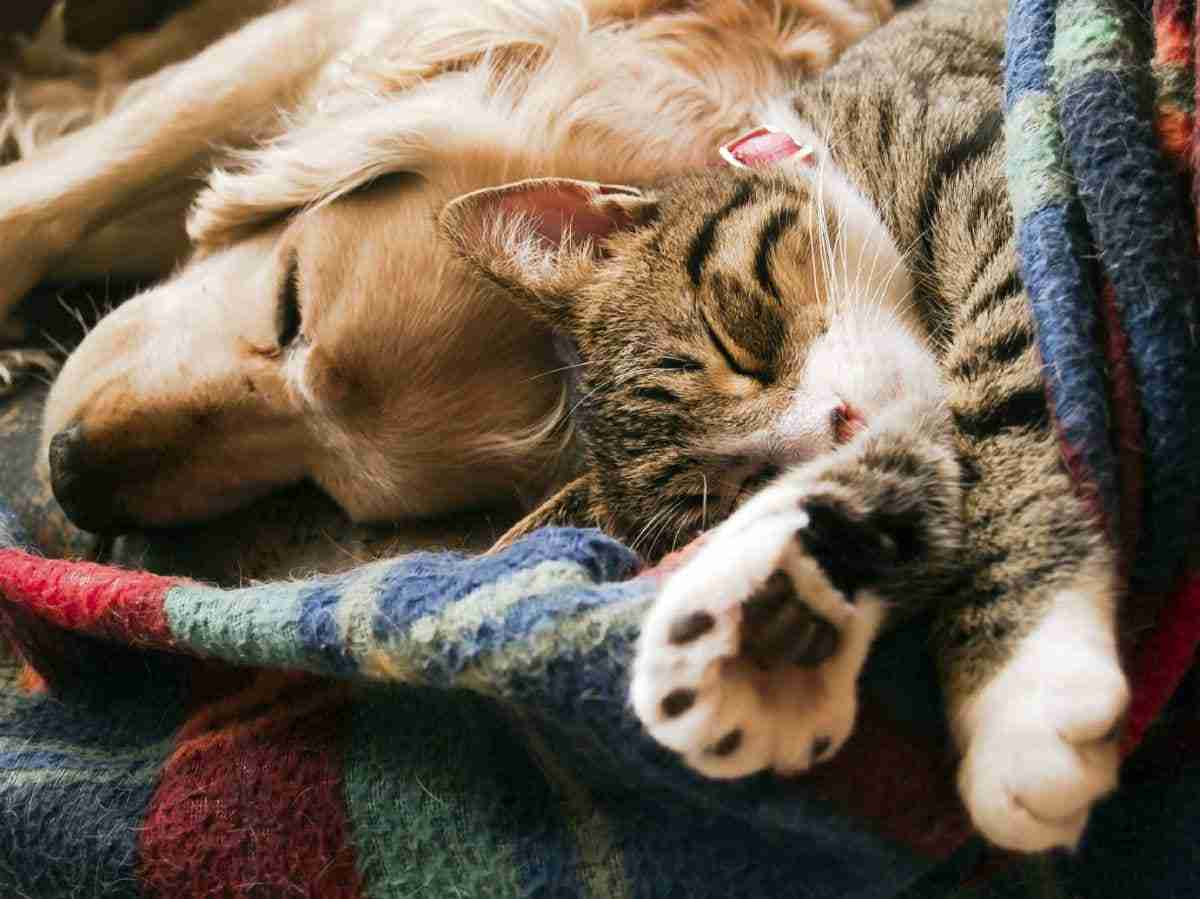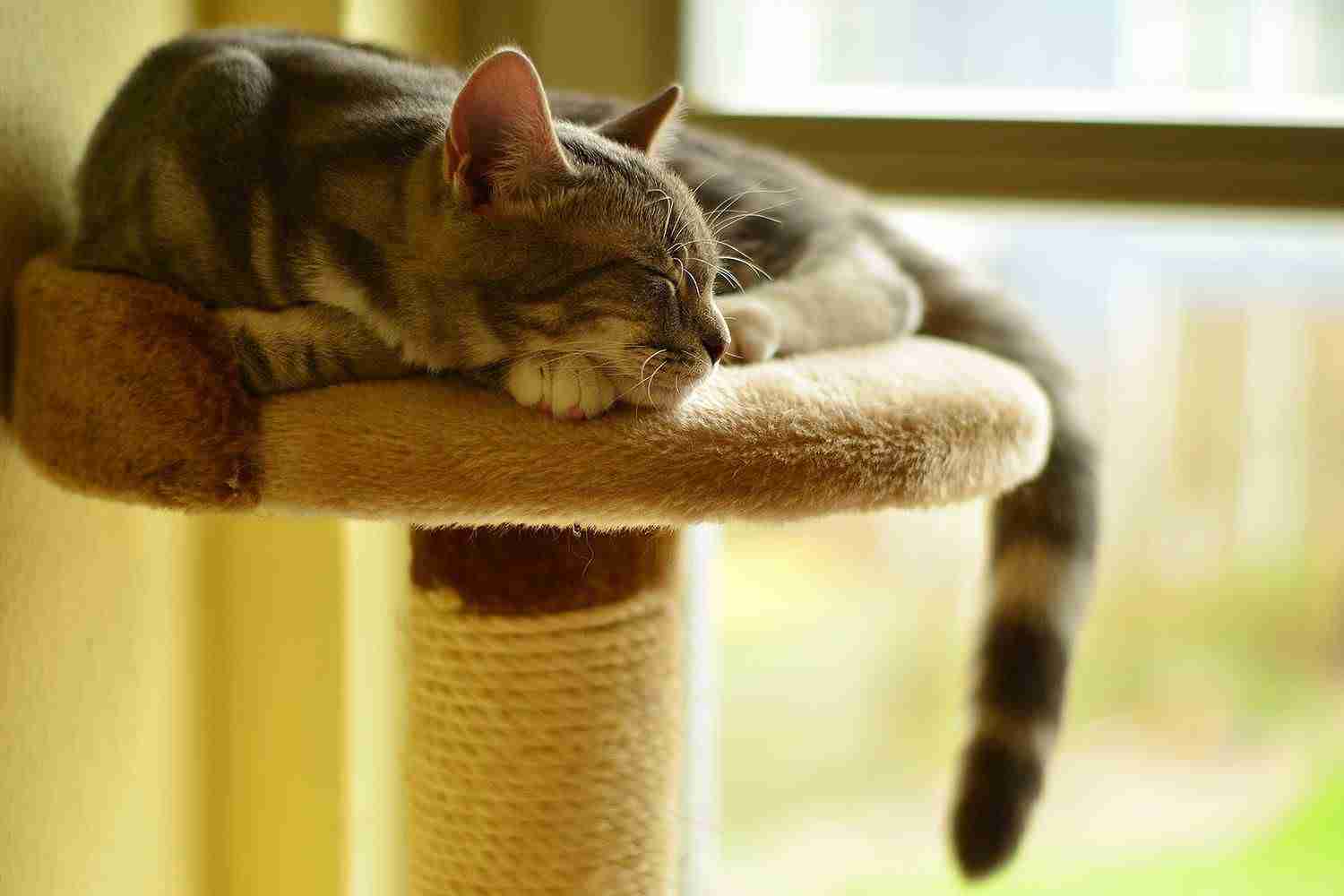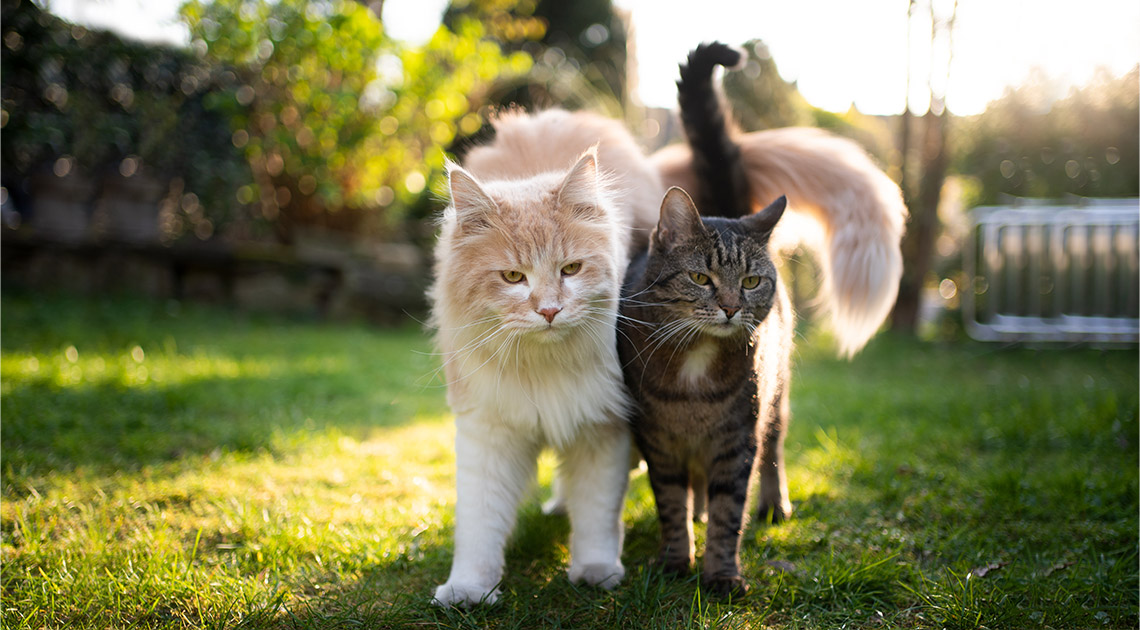Wild cats: elegant, elusive and endangered
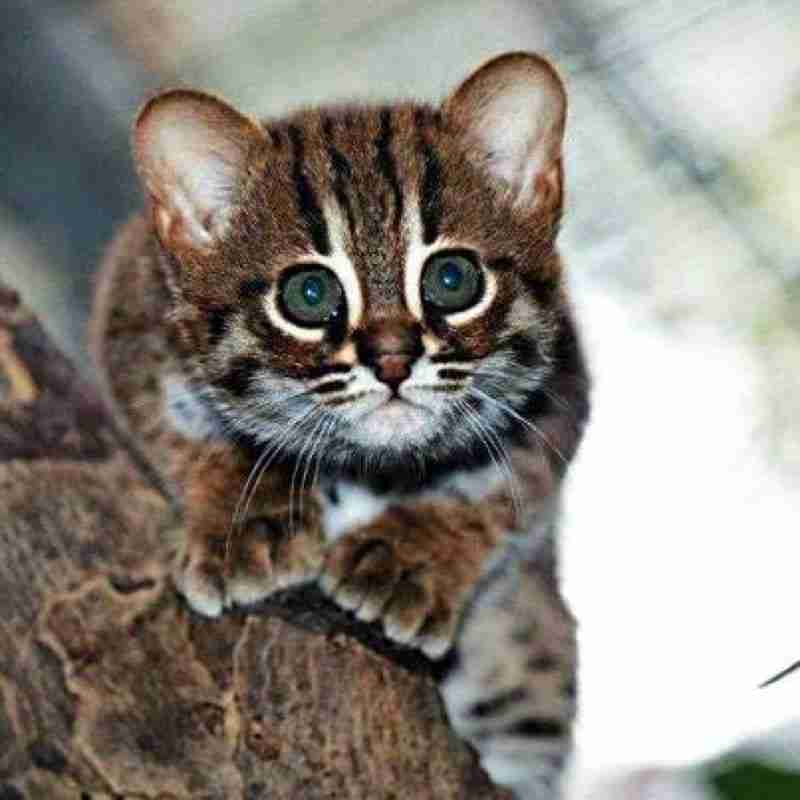
Domestic cats are our beloved companions at home, but what do you know about their wild cat cousins? We are not talking about lions, tigers or leopards, but other types of feline species. And sadly, many of them are facing an uncertain future.
There are many diverse and beautiful feline species around the world that are in danger of becoming extinct. They are just like our domestic cat companions -- almost the same genetically -- but more aggressive and stronger.
Wild cats play an important ecological role in controlling the populations and the health of the animals they prey on. This protects surrounding wildlife and its habitat, which is crucial to protecting the broader environment, including mountains, highlands, wetlands and the deserts they live in.
Let’s journey to the world of the wild cat to find out more about their nature…
African golden cat (caracal aurata)
The African golden cat is a wild cat that is native to the rainforests of Central and West Africa. It is also found in Central Asia, Southwestern Asia and India. It is listed as "vulnerable" on the IUCN Red List of Threatened Species with its main threats coming from habitat loss due to deforestation and being hunted for bush meat. The species is rarely observed as it is very shy and hides from humans, but if you do spot it, you may think it looks like a mini leopard due to its spotted coat.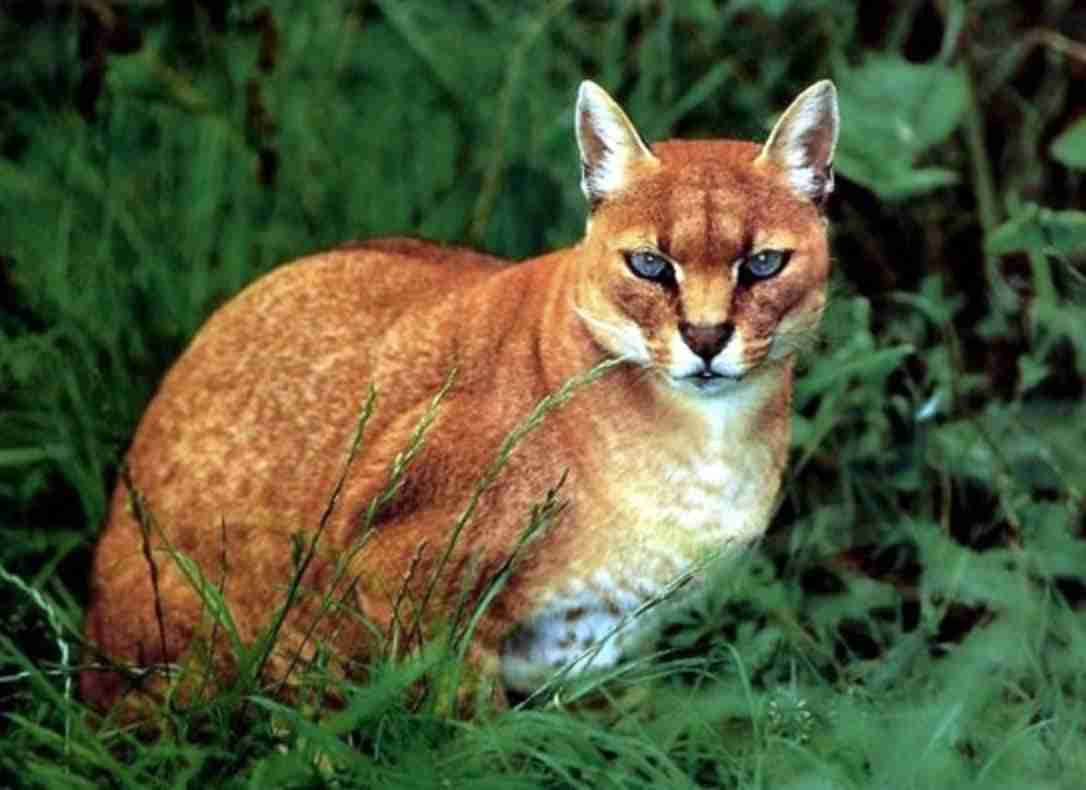
Rusty-spotted cat (prionailurus rubiginosus)
The rusty-spotted cat is one of the world’s smallest wild cats. The cat, also known as the "hummingbird of the cat family," is primarily found in India and Sri Lanka. The species is listed as "near threatened" by the IUCN Red List of Threatened Species and it is estimated there are only around 10,000 of the species left in the wild. Like other wild cats, the rusty-spotted cat’s decline is mostly due to habitat loss and hunting – they are hunted for their coat and even for food in some regions. Rusty-spotted cats are known for being quite active and playful. In fact, there are reports of domestication due to their size and affectionate nature.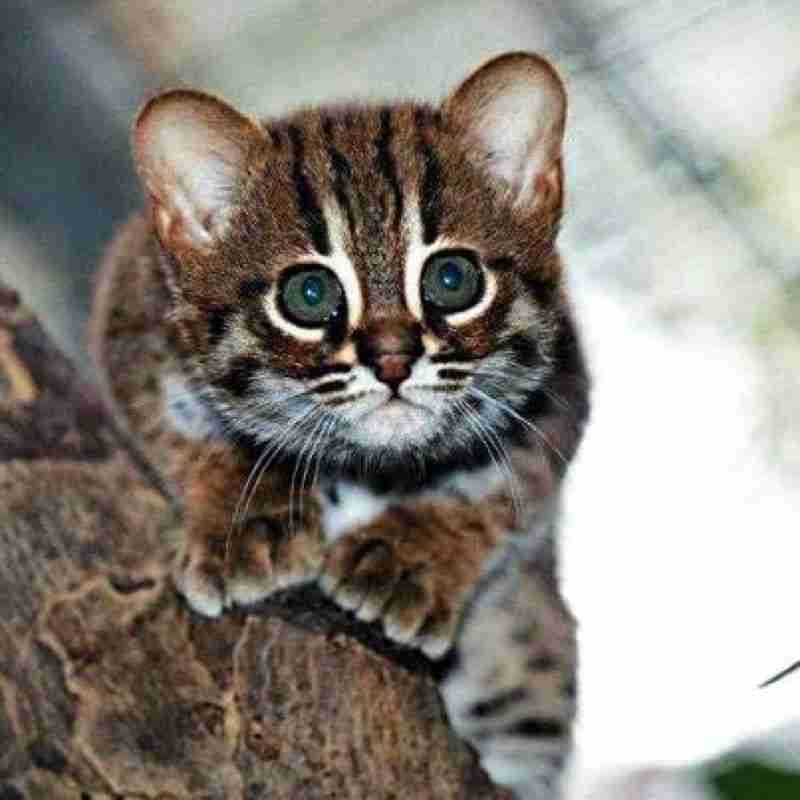
Fishing cat (prionailurus viverrinus)
The fishing cat is a mid-sized wild cat from Southern Asia. It is listed as vulnerable on the IUCN Red List of Threatened Species. Fishing cat populations are threatened by the destruction of wetlands which have significantly declined over the past decade. Fishing cats live primarily in the vicinity of wetlands, along rivers, streams and mangroves. Their claw structure allows them to swim and hunt in creeks and rivers. They are relatively friendly compared to other wild cats.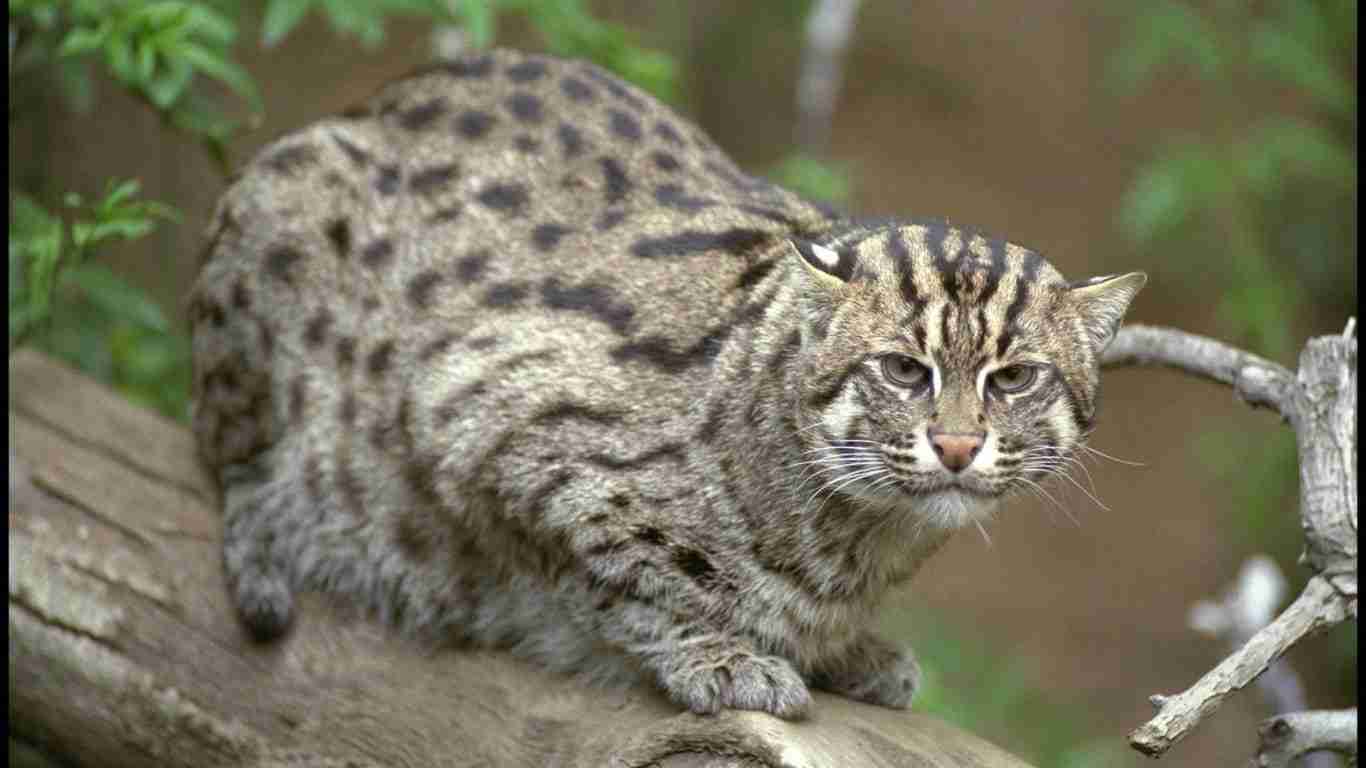
Sand cat (felis margarita)
The sand cat, also known as the sand dune cat, primarily lives in deserts. This small cat is widely distributed throughout the deserts of North Africa, the Middle East and Central Asia. It was listed as "near threatened" on the IUCN Red List of Threatened Species in 2011, but its endangered status was downgraded to that of "least concern" in 2016 because the population was only showing a small decline. Sand cats have a very cute, kitten-like look. They are very resistant to droughts and can survive in the harsh desert conditions. They usually hunt at night, so they are very rarely observed.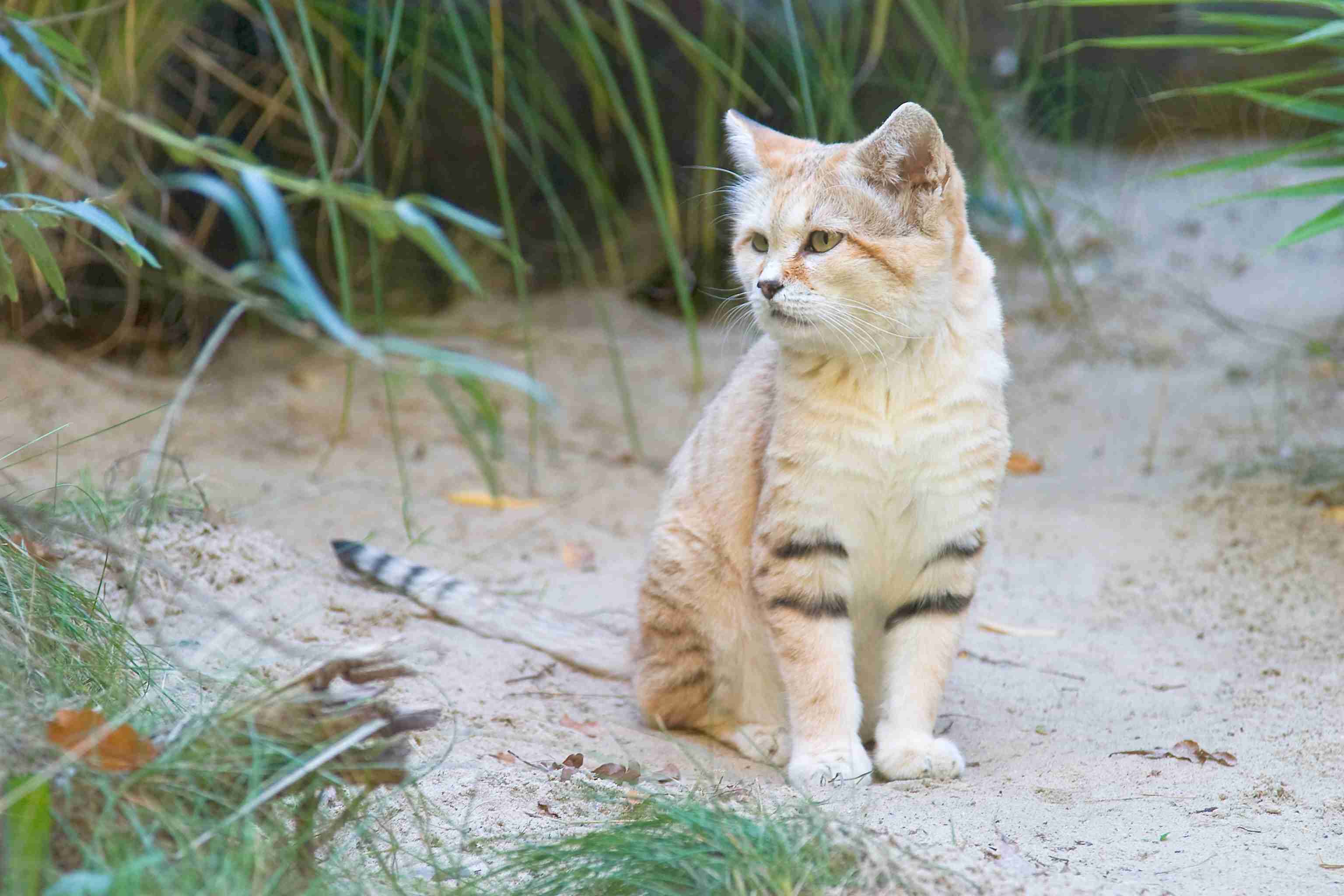
Caracal (caracal caracal)
The caracal is a medium-sized wild cat that's native to Africa, the Middle East, Central Asia and India. The caracal is instantly recognizable by its striking facial markings, long, black tufted ears and reddish-tan coat, which provides great camouflage in the wilderness, helping make them effective hunters. They are under protection due to illegal hunting.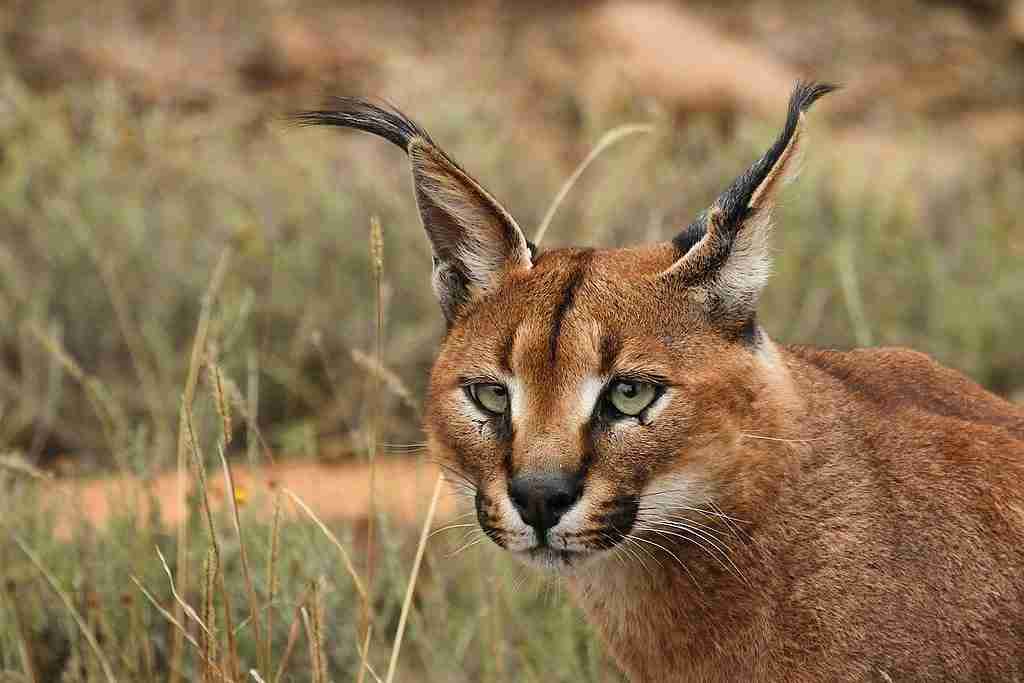
Clouded leopard (neofelis nebulosa)
The clouded leopard is a large wild cat that is native to the Himalayan foothills, Southeast Asia and China. It is listed as "vulnerable" on the IUCN Red List of Threatened Species. Its total population is estimated to be fewer than 10,000 adult individuals, with no single population numbering more than 1,000 adults… and numbers are on the decline. They are totally at home in trees, in fact, they are known as one of the best climbers out of the wild cats, and are entirely adept at hunting from their perches in the trees as well as on the ground.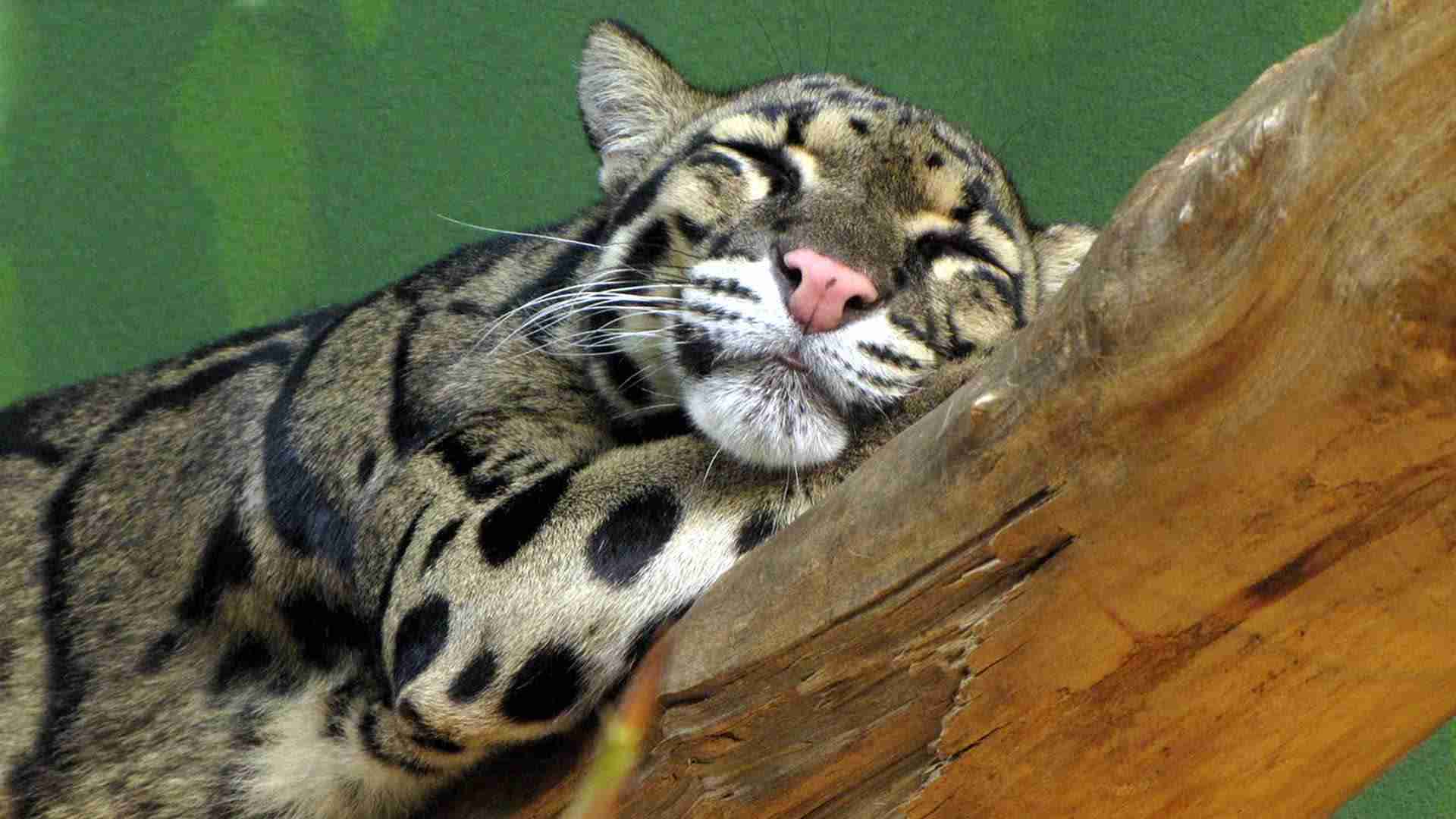
Andean cat (leopardus jacobita)
The Andean cat is a small wild cat that is found in the Andes and South America. It has been classified as "endangered" by IUCN because fewer than 2,500 individuals are thought to exist in the wild where they generally live at altitudes of 2-3 miles. Their biggest threats are hunting and habitat loss. They are very fast and agile and use their long tails as a balance mechanism to traverse the challenging landscape.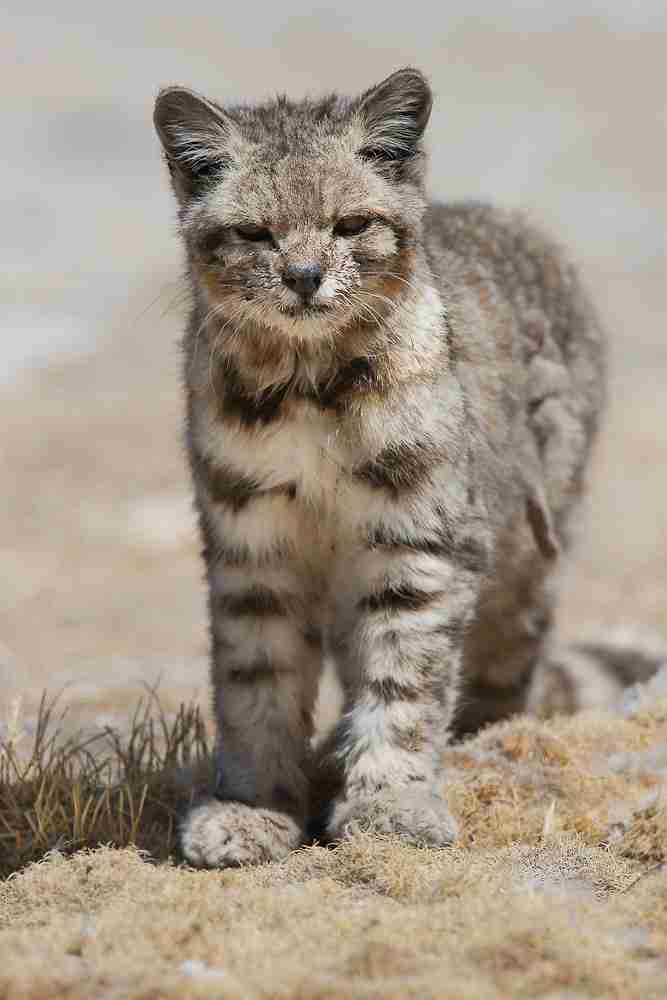
Scottish wildcat (felis silvestris)
The Scottish wildcat is a dark, tabby-colored subspecies of the European wildcat that is native to Scotland.Scottish wildcat numbers are in decline; the species is currently listed as "vulnerable" on the IUCN Red List of Threatened Species. Their early decline was due to habitat loss, but now the main problem is genetic extinction due to interbreeding with local feral cats, domestic cats and existing hybrids. Conservation groups are now hard at work hoping to preserve the breed with a program of raising local awareness of the effect Scottish wildcats mating with local cats has on the breed, encouraging locals to neuter their pets, capturing and neutering local feral cats and identifying pure-bred Scottish wildcats – by their tabby markings, the absence of white feet, a thick, ringed black tail and no stripe down the tail – and establishing protected areas where they can breed to continue the line.